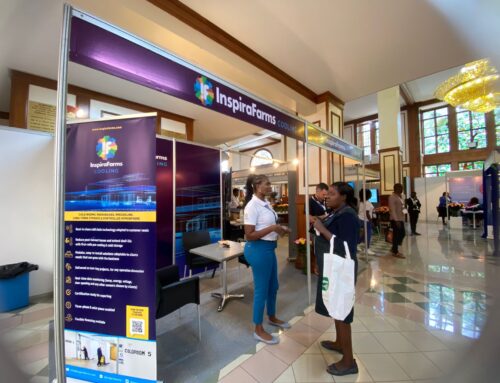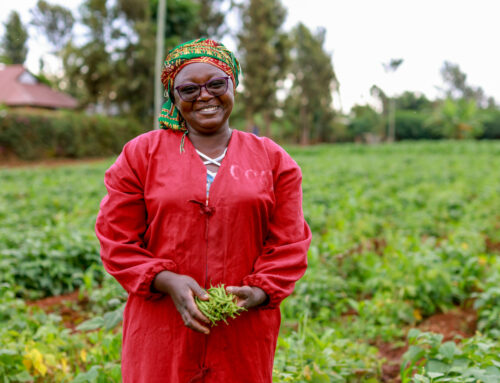Remote monitoring technology: the key to unlocking food production efficiency
As global internet distribution and usage keeps growing – more than 3.5 billion people, nearly half the global population, now use the internet – people, devices and industries are also becoming more connected. The “Internet of Things” (IoT) is enabling objects to be connected to communication networks, which allows extending services and increasing efficiency through data use. Digital connectivity in agriculture or “precision agriculture” is a technology segment that is making the sector more connected, efficient, reliable and sustainable. Precision agriculture is allowing farmers to increase the quality, quantity, sustainability and cost-effectiveness of agricultural production, during harvest and postharvest stages.
The Role of Remote Sensing Technology in Precision Agriculture
For years, farmers were managing their crops based on their experience, and doing field-by-field assessments, without knowing how effective their crop yield would be. Additionally, food producers and processors were ignorant of the condition of their crops during storage. In many cases, they were unable to physically check the status of their crops before they reached the final processing stage or consumption.
Satellite and internet communications are now making it possible to remotely monitor agricultural production through remote sensing technology. During cultivation, remote sensing technology is being used for agricultural mapping, forecasting, and crop tracking that can help increase yields. Collected data is allowing not only better management decisions, but also the automation of activities such as irrigation.
During postharvest, the placement of sensors allows farmers to monitor conditions in storage to achieve the optimum parameters and preserve quality. For instance, during cold storage, sensors can collect real-time data about energy consumption levels, temperatures, and humidity levels. Data can be connected to automatic controls that can regulate temperature, humidity, and fresh-air in real-time. It is especially important to control factors such as condensation – formed by relative humidity and temperature—as it can create a favourable environment for pests and fungi, and it requires close supervision to avoid it.
Another example of remote monitoring in postharvest storage is the control of gas-tight storage containers. Oxygen and carbon dioxide levels can be easily measured and monitored by sensors, preventing issues such as the spread of insects. And the monitoring of ethylene levels is vital for controlled ripening operations. This technology allows reduced human intervention and avoiding the use of chemicals during some processes.
The Importance of Accessing and Interpreting Agricultural Data
Today’s farmers can have access to a great amount of data, which can surpass their capacity to interpret it. Web or cloud platforms are facilitating the analysis of huge amounts of data and using it to suggest the best course of action. For instance, information collected during a period of time can be used to predict weather conditions, outbreaks of pests and diseases before they occur, and even to offer yield predictions prior to harvest. In postharvest, data platforms can enable the management information such as cooling equipment performance and suggest aspects such as preventive maintenance of equipment for facilitating reliable non-stop operations.
Making efficient and affordable remote sensing technologies available would provide an important step in reducing farming inefficiencies globally. Investing in such technologies often costs money up-front, but in many cases, this capital outlay will be recuperated in ROI, in the form of increased production yields, reduced energy bills, and reduced produce losses. From a business perspective, remote sensing can become an important tool to reduce the financial risks associated with food production and storage. Food producers would also gain the confidence of off-takers, financers and insurers. For example, insurance premiums can be calculated based on data reported of occurrences on predefined periods.
New precision agriculture technologies are emerging fast, with a new generation of innovators moved by the urgent need to improve the efficiency in the food sector and to provide solutions to contribute to the common goal to feed 9+ billion people by 2050.



